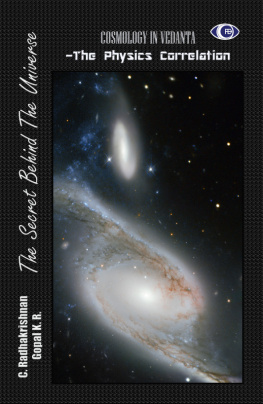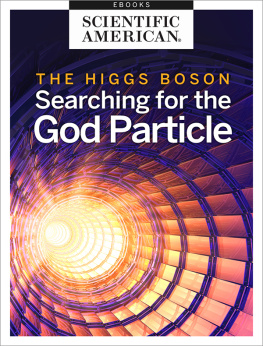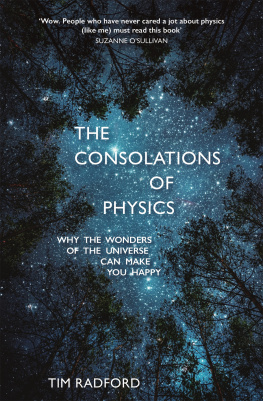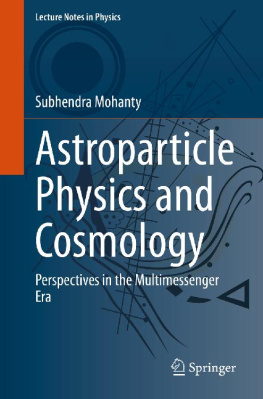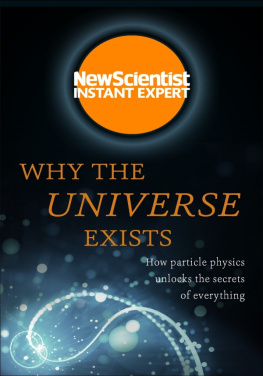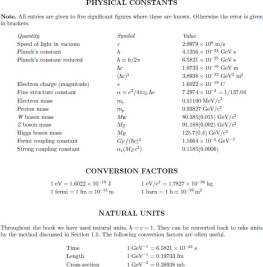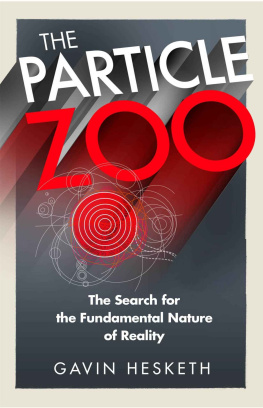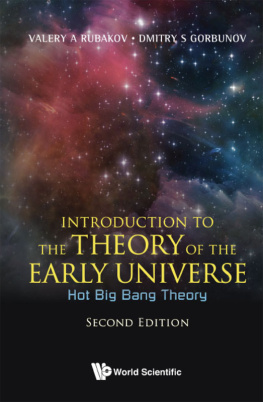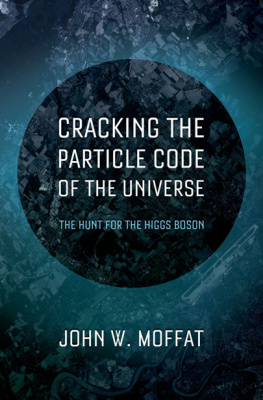THE SECRET BEHIND THE UNIVERSE
(Cosmology in Vedanta
The Physics Correlation)
Second Edition
C Radhakrishnan
Gopal K R

Published by Hi-Tech Books
Azad Road,Kaloor, Kochi 682017, India
The Secret Behind the Universe (Cosmology in Vedata ThePhysics Correlation) , a work comprising ofan article in physics and vedantic cosmology, written in English byC. Radhakrishnan and Gopal K.R.
First published in July 2016, Second edition
Copyright 2016 C. Radhakrishnan, Gopal K. R.
All rights reserved.
Cover picture: An interacting colossus, taken by the NASA/ESAHubble Space Telescopes Wide Field Planetary Camera 2 (WFPC2),shows a galaxy known as NGC 6872 in the constellation of Pavo (ThePeacock). Image credit: ESA/Hubble & NASA. Acknowledgement:Judy Schmidt (geckzilla.com)
Rights reserved.
About theauthors
CRadhakrishnan is an established author in the Malayalam language. Ascientist-turned writer, he has contributed to all branches ofcreative literature besides popular science. He has been honouredby India's National Akademi of Letters, the Kerala Sahitya Akademiand almost every other body promoting creative literature of thelanguage he writes. He is the winner of Ezhuthachan Award (thehighest recognition given to authors in the Malayalam language),and also the Murtidevi Award of the Bharatiya Gnanpith Trust forthe best creative work in Indian languages. A multi-facetedpersonality, he has worked as scientist, popular sciencejournalist, film director, columnist, and editor of national andliterary journals.
Born on 15 Feb 1939 in Chamravattom village in Kerala, C.Radhakrishnan became the Winner of BestStudent Gold Medal at Achutha Varier High School, Ponnani, winnerof Madras University Sharpe Scholarship - Inter: Zamorin's College,Calicut, and Winner of Top Rank Gold medal - Graduation: Physics,Zamorin's College, Calicut - l. PG: Post Graduation - AppliedPhysics; Research (Astrophysics).
The authoralso won in every literary competition during his academic career.He translated Daniel Defoe (M. Flanders) and Lincoln Barnett (TheUniverse and Doctor Einstein) at age seventeen, and DavidO.Woodbury's Outward Bound for Space in 1962.
C.Radhakrishnan became scientific Assistant at AstrophysicalObservatory, Kodaikanal in 1960 and became officer-in-Charge,World-Wide Seismology Centre, Pune in 1962. He helped launchand establish Science Today (Times of India), the first popularscience magazine of India, at a young age of 24, and later heldsenior positions with national print media organs. He was also thescience Editor of Link Magazine and Patriot Daily, Delhi,1968-'72.
His researchon problems fundamental to astrophysics gave rise to amonograph titled "Unity of Space-Matter Manifestations", publishedas early as in January 1988. "Stuff and Style of theUniverse", a book which is a popular science elaboration of themonograph, was published Nov. 2002 by Hi-Tech Books. Thefirst Scientist-President of India, Dr. A. P. J. AbdulKalam, expressed appreciation of the work done, and the modelattracted world attention. An article based on the book was alsopublished in 'Science India' (ISSN 0972-8287) in two issues, whichcame out on September 2012 and October 2012 (Vol. 15 No. 9 and Vol.15 No. 10 respectively). Continued researches resulted in this book"The Secret Behind the Universe", published July 2016, in which theoriginal ideas were further refined and updated. This was the workof a father and son team, as the authors son Dr. K. R. Gopal alsocontributed in research and writing.
A condensed version of the physics section of this book waspublished in January 2017 as an article titled "Avyakta: The Fabricof Space" in the Prespacetime Journal Vol7 Issue 16, and it was writtenjointly by the author C. Radhakrishnan and his son Dr. Gopal K. R.(Prespacetime Journal (ISSN: 2153-8301), QuantumDreamInc., P.O. Box 267, Stony Brook, NY11790-0267, USA; is a physics journal whichfocuses on the origin, nature and mechanism of spacetime andits possible connection to a prespacetime; and models andexperimental results on elemental particles, fundamental forcesincluding gravity and related topics.) The entire article isavailable online to read or download from the journal website, andcan be accessed through the authors site: www.c-radhakrishnan.info
C ONTENTS
PART 1
P hysics
THE NEXT STEP
Abstract
A new concept, the 'Fabric of Space' isintroduced to complement the Standard Model and explaingravitation. It is attempted to be shown that the fabric of spaceprovides substrate for all the fields including electromagneticfield, gravitational field and Higgs field, without conflictingwith current concepts. Dark matter and virtual particles gain newmeaning with the idea of the fabric of space, and cosmic inflationcan be seen in fresh light. Convincing explanation is provided formatter/antimatter asymmetry and generations of matter. The deepconcept is also attempted to be presented in the simplest of termspossible.
Introduction to Avyakta
It is assumed that a fabric ofspecial nature pervades the entire universe as a continuousweb. It iseverywhere. We introduce a term for it here 'Avyakta'.
One may wonder where this 'fabric'is. Avyakta cannot be seen with the naked eye. Why don't we feel it? Isit separate from the sun and all the planets? The answer is that avyakta is not separatefrom any 'thing' in it, because all types of materials we see areits own manifestations. And space only means a place which isdevoid of matter. Avyakta is everywhere.
This background fabric is assumed to havea unique characteristic it is pliable in its own way so that itcan spread or shrink in a general fashion. The behavior can bevisualized as similar to an elastic material when it isstretched, it has a tendency to return back to its original state.Also when it is compressed, its tendency is to return to its flatstate.
Let this fabric of space(avyakta) be called S for short. Before venturing any further, fresh termsare needed. Space is what we observe if we look around. S is thefabric that goes into its making. In fact, no one ever sees S.Expansion and contraction are terms that normally lead and connectone to 'known' physical parameters like pressure, density,elasticity and so on. The characteristics of S being basicallydifferent, they call for an entirely new genre of terms. Thereforew hen thefabric of space is compressed, we can call it Tough, and it has atendency to spread. Similarly when it is stretched, let us call ithumble, and its tendency is to shrink. Flat means it is in theground state. At any time at any given point, S is either Tough or Humble or Flat.If Flat, it will not expand or shrink, it will remainidle.
Toughness and humblenessindicate action-potential of mutually opposite nature. The word'Vigour' canbe used to indicate this potential.
A vyakta is tough at this stage of theuniverse, but it is declining in toughness. The decline startedfrom the Big Bang, and the background fabric has consistentlyspread out but has not yet reached the Flat state.
Let us consider a particle as a smallvolume of S with an additional toughness, surrounded by S of normalbackground toughness. It is assumed that at the subatomic (quantum)level, this extra toughness which is the particle exists as astanding wave of the fabric.
These assumptions correlate andalso provide explanation as to why every particle in the universehas wave behavior. Matter waves are discussed next.
SECTION
Fundamental Particles, Forces andFields
Next page
